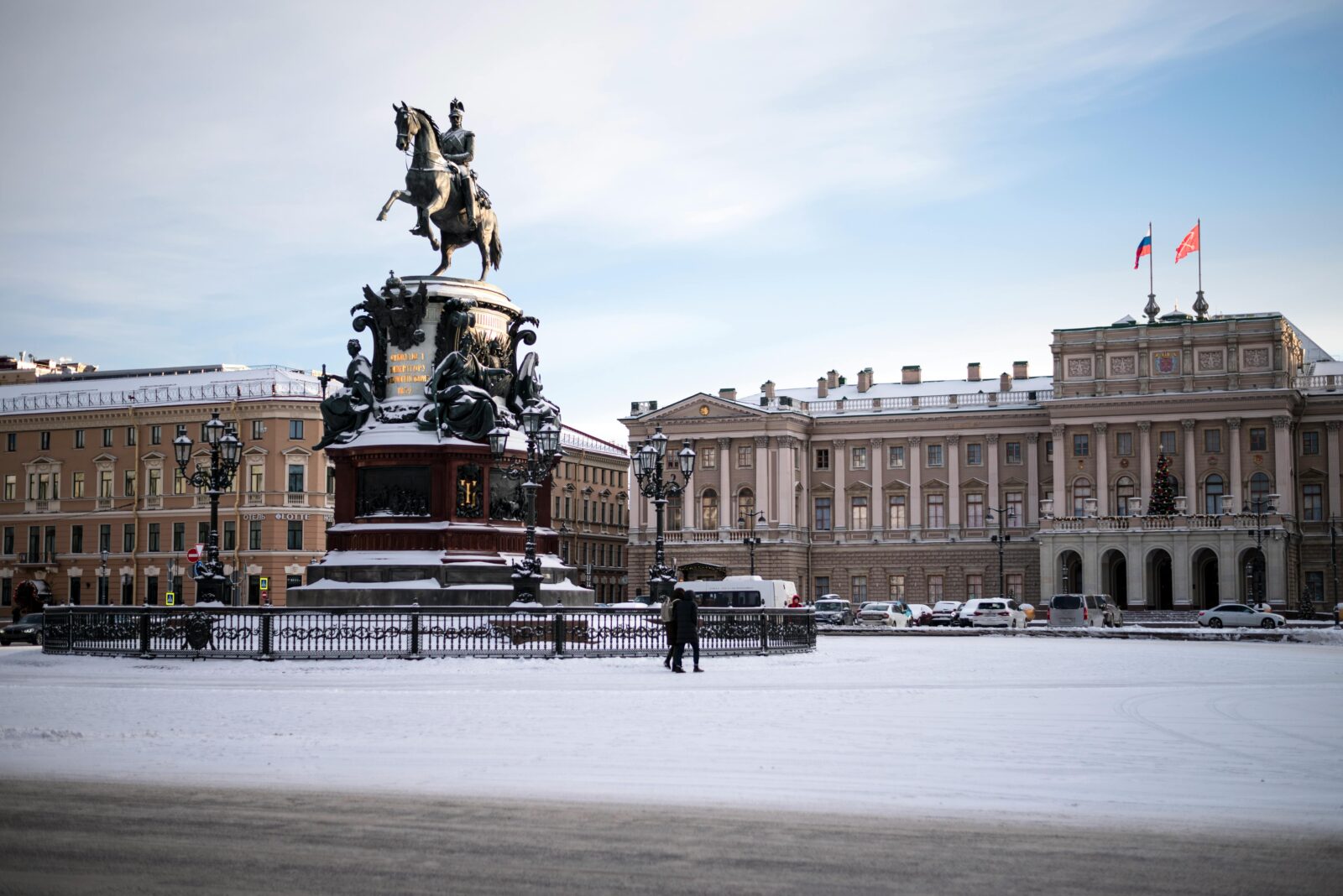Home » Playing a long game: Russia’s war in Ukraine passes two-year mark
Playing a long game: Russia’s war in Ukraine passes two-year mark
March 30, 2024

Cian Muenster
Cian is a Research Analyst and contributes to both Analysis and the Daily Brief. He specializes in Australian and European geopolitics with a particular interest in the strategic autonomy of the EU.
